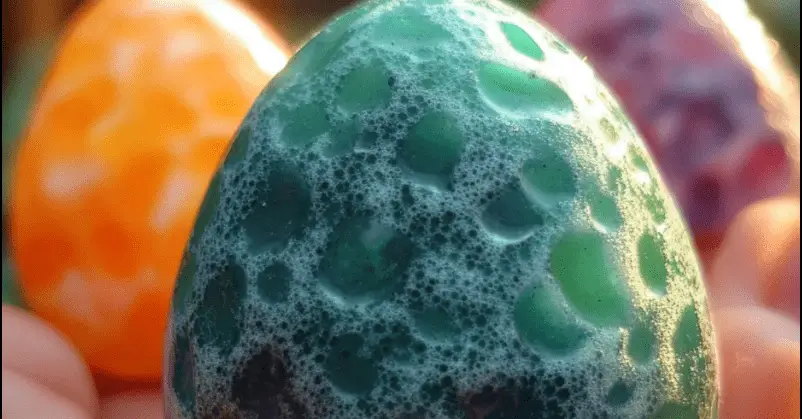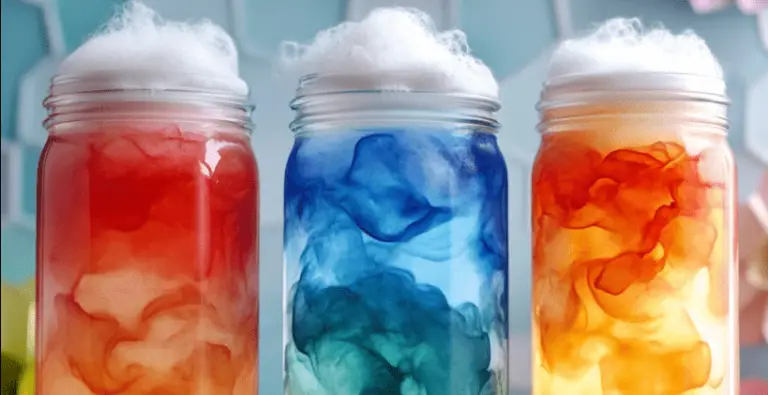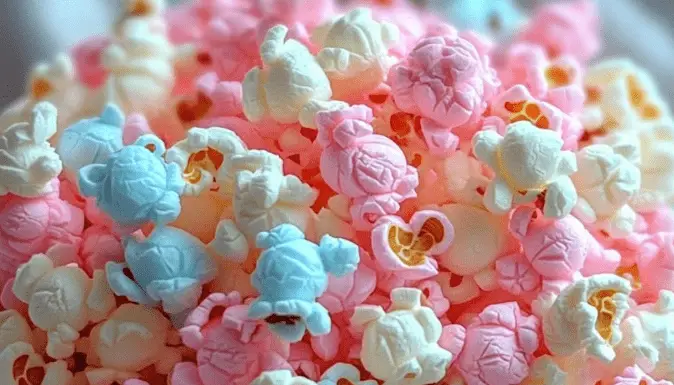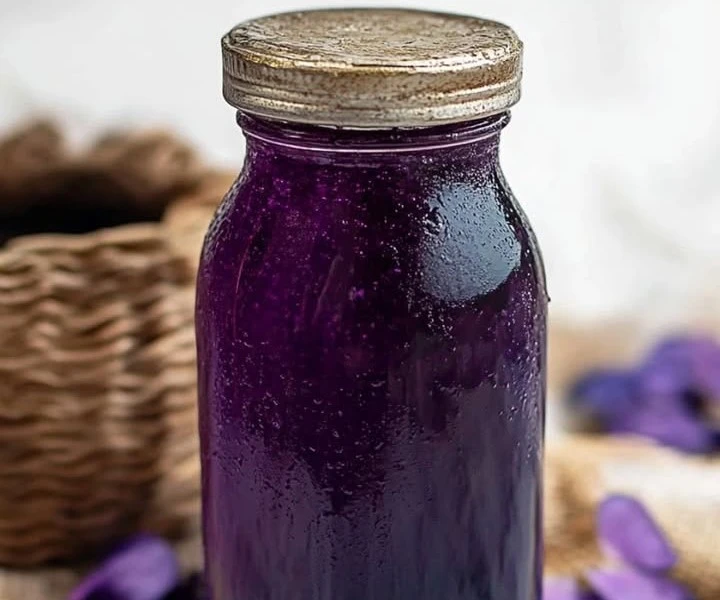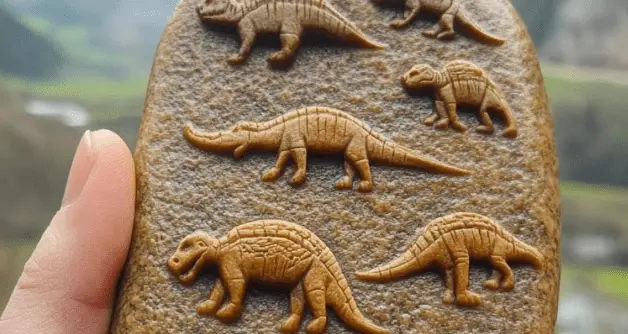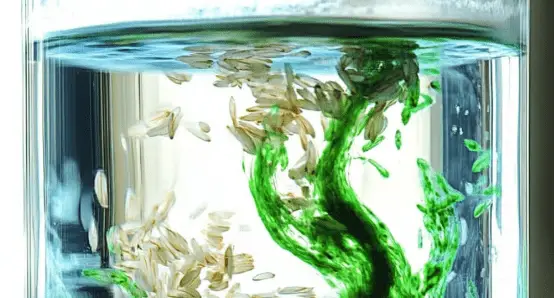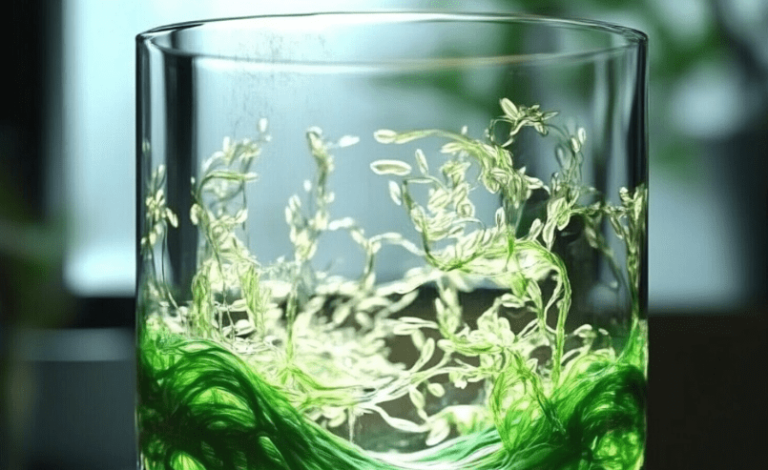Dino Egg Baking Soda Experiment: An Explosive DIY Science Craft for Kids
Looking for a hands-on activity that’s as educational as it is exciting? The Dino Egg Baking Soda Experiment is a creative and fizzy adventure your kids will absolutely love. This simple science craft combines the thrill of discovery with an easy chemical reaction that’s safe, colorful, and full of learning potential. As the baking soda eggs bubble and fizz under the vinegar’s power, a hidden dinosaur is revealed inside—making it a delightful blend of science and imaginative play.
Perfect for home, classrooms, or party activities, this project requires just a few household ingredients and a little patience. Whether your child is fascinated by dinosaurs or you’re looking to introduce basic science concepts in a fun way, this experiment delivers excitement, education, and plenty of surprises.
Table of Contents
Ingredients
To create your own dino egg experiment, you’ll need:
- Baking soda
- Vinegar
- Water
- Plastic dinosaurs (small enough to fit inside the egg)
- Food coloring (optional, for added visual fun)
Each ingredient is safe for children, affordable, and easy to find at any grocery or craft store.
Instructions
- Prepare the Baking Soda Mixture
Start by adding baking soda to a mixing bowl. If you plan to create colorful eggs, set up a separate bowl for each color you’d like to use. - Add Color (Optional)
Mix in a few drops of food coloring to the baking soda. This is optional but highly recommended to make the eggs more visually exciting when they fizz. - Form a Dough
Slowly pour water into the baking soda while stirring. Continue adding water gradually until the mixture becomes damp and moldable, like a crumbly dough. - Shape the Dino Eggs
Scoop some of the baking soda mixture into your hand and begin shaping it into an egg. Before closing it up, insert a plastic dinosaur into the center. Pack the mixture tightly around the toy to completely conceal it. - Use a Mold for Extra Fun
If you have a bath bomb mold or plastic Easter egg, use it to create more perfectly shaped eggs. This step is optional but adds a polished touch to the final look. - Dry the Eggs
Place the completed eggs on a tray or parchment paper and let them dry at room temperature for about 24 hours. Allowing them to dry thoroughly is important so they stay firm until it’s time for the experiment. - Time to Hatch
Once the eggs are fully dried, it’s time to bring the experiment to life. Either drop them into a bowl of vinegar or use a squirt bottle to apply vinegar directly to the egg. Watch as the bubbling reaction begins and your dino starts to emerge. - Break Open the Egg
For added excitement, after the fizzing slows down, hand your child a small hammer or spoon to gently break the egg open and fully reveal the dinosaur inside.
Benefits of This Craft
The Dino Egg Baking Soda Experiment is more than just entertainment. It offers a range of educational and developmental benefits:
- Introduces Scientific Concepts: Demonstrates the basic acid-base reaction between vinegar and baking soda in a memorable way.
- Enhances Fine Motor Skills: Molding, shaping, and breaking the eggs helps strengthen children’s hand coordination and motor skills.
- Encourages Creativity: Kids get to choose their egg colors and dinosaur types, letting their imagination run wild.
- Supports Patience and Focus: From waiting for the eggs to dry to watching them fizz, this experiment teaches the value of patience and attention.
- Sparks Curiosity: The surprise element of finding a hidden dinosaur encourages exploration and makes science feel like magic.
Tips
- Dry Thoroughly: Ensure the eggs are completely dry before using vinegar to get the best fizzing effect.
- Use Small Toys: Choose dinosaurs that are small enough to easily hide inside each egg without cracking the outer shell.
- Store Safely: If you don’t plan to hatch the eggs right away, store them in a dry, airtight container.
- Vary the Reactions: Use warm vinegar or add dish soap to the vinegar for an even foamier eruption.
- Outdoor Play: This is a great activity to do outside to contain mess and add a fun element to playtime.
What Taste Look Like?
While this experiment isn’t meant for tasting, the visual experience is incredibly rich. The eggs have a chalky, rugged appearance that mimics real dinosaur eggs, and once vinegar is applied, a colorful eruption begins. The fizzing, bubbling action is mesmerizing, and the colors intensify as the outer layer dissolves, slowly revealing the dinosaur hidden inside. It’s an exciting moment that resembles a real-life hatching, creating anticipation and delight as the toy emerges.
How to Store
If you’ve made multiple dino eggs or want to prepare them in advance for a party or classroom activity, proper storage is simple:
- Keep Them Dry: Store the eggs in a sealed, moisture-proof container to prevent them from absorbing humidity and becoming soft.
- Label with Dates: If you’re making them in batches, label them with dates to keep track of freshness.
- Avoid Sunlight: Keep the eggs in a cool, shaded area. Excessive heat or light can degrade the color and texture.
Properly stored, these eggs can last for several weeks without losing their fun fizzing power.
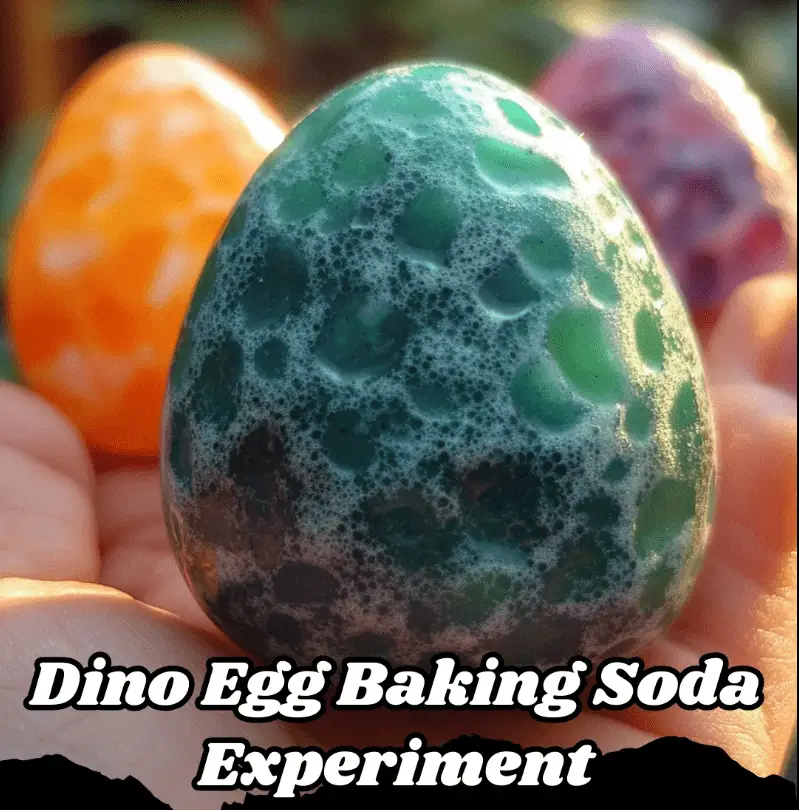
The Dino Egg Baking Soda Experiment is a fantastic DIY science craft that entertains and educates all at once. It’s easy to prepare, exciting to watch, and provides a wonderful way to teach young learners about chemical reactions in a hands-on, engaging way. Whether for a rainy-day project, birthday party activity, or classroom science lesson, these fizzy dino eggs deliver endless joy and spark curiosity at every step.
Want to keep the fun going? Explore More DIY craft ideas for a collection of creative and kid-friendly projects that are perfect for learning and laughter at home.
Looking for visual inspiration? Check out Pinterest and search for “Dino Egg Baking Soda Experiment” to see colorful examples, presentation ideas, and fun extensions of this fizzy science craft.
FAQ
Can I use something other than vinegar for the reaction?
Lemon juice also works, but vinegar tends to give the best and most reliable fizzing result.
Do I have to use food coloring?
No, but it enhances the visual appeal of the eggs and makes the fizz more vibrant and fun.
How long should I let the eggs dry?
Letting them dry for 24 hours is ideal. If they still feel damp, give them a few more hours.
Is this experiment safe for toddlers?
Yes, with supervision. Be sure younger children don’t try to taste the baking soda or vinegar.
Can I reuse the dinosaurs?
Absolutely. Just rinse them off and save them for your next experiment or play session.

